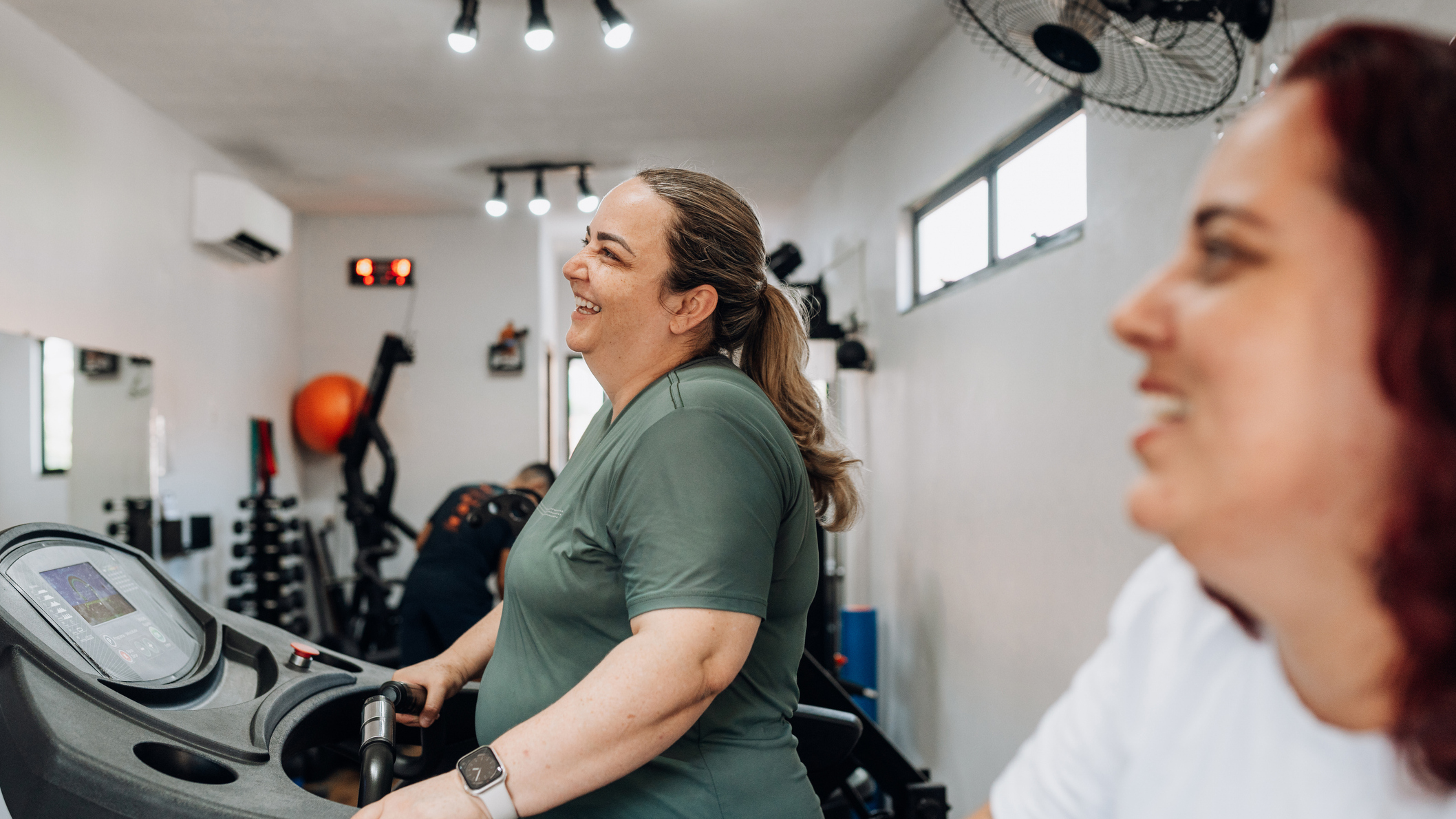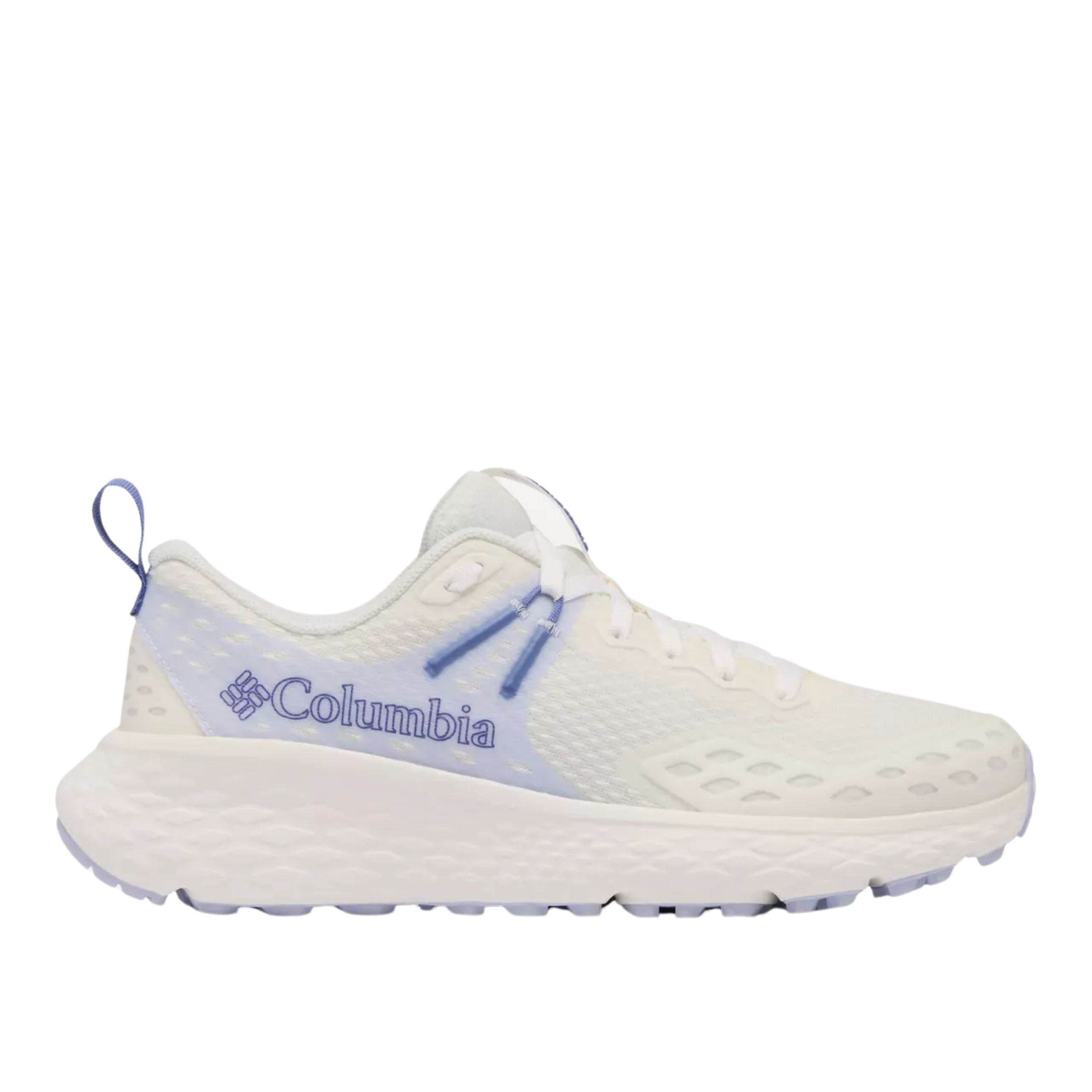I asked a walking coach how she felt about the 12-3-30 walking workout—here’s why she never recommends it to her clients and what you should be doing instead
Trending workouts can be tricky to navigate, especially when they’re not beginner-friendly

I’m always on the lookout for trending walking workouts, and when I noticed the 12-3-30 routine gaining popularity on social media again, I decided to get a professional's opinion. I ran it past walking coach and certified personal trainer Joyce Shulman—and her response didn’t surprise me.
The 12-3-30 treadmill-based walking workout involves walking at a 12% incline at 3 miles per hour for 30 minutes.
My colleague tried the 12-3-30 plan for a month and found her legs got stronger, although the steepness of the incline was a shock at first. They still preferred it to treadmill running, though.
But Shulman was less than enthusiastic. “In America, we like to go hard and see how much we can do, but then people either burn out, get injured or think ‘Why bother?’,” says Shulman.
This 12-3-30 walking workout, she argues, is an example of this. Its high incline pushes people to dive in at the deep end, which can increase their risk of injury if they're not used to it.
“One of my reservations is that incline walking can put a lot of strain on your Achilles tendon and calves,” says Shulman. “If you're not accustomed to it, there's so much stress, stretch and flex that goes with walking on an incline, so I always encourage people to build up incline more slowly.
“One issue with some of these trends is they don't incorporate a progressive increase.”
Get the Fit&Well Newsletter
Start your week with achievable workout ideas, health tips and wellbeing advice in your inbox.
I’ve spoken to a lot of experts about progressive overload training, but was surprised to learn it applies just as much to walking. Even increasing your step count should be done gradually. Shulman agrees that whether you’re increasing the distance, speed or incline, your body needs time to adapt.
Going from walking on a flat surface to a 12% incline for 30 minutes is a big leap, and one that can put your musculoskeletal system under stress.
What Shulman recommends instead
Go for a walk outside instead (although in certain cases it’s better to walk on a treadmill).
For one, there are slightly different physical demands. “[Outdoor walking] adds benefits for balance and ankle mobility, and is really good for fall prevention,” says Shulman.
“There are additional benefits that you get from walking in nature, particularly for your mind and mood that you're not going to get from marching on a machine,” she says.
That said, Shulman says that if a treadmill workout is all you can manage today and is the difference between a day with no movement and a day with some movement, then you should absolutely go for it.
Just follow the rule of progressive overload—increasing one variable by no more than 5-10% over the course of a week. That way, you’re more likely to stick with the it and stay injury-free.

Joyce Shulman is a certified personal trainer and walking coach focused on women, wellness and longevity. She has taken the TEDx stage to talk about the power of walking together to help combat loneliness and has written two books: Walk Your Way to Better: 99 Walks That Will Change Your Life and Why Walk?: Discover the Transformative Power of an Intentional Walking Practice.
Shulman is a representative for topical pain relief brand Aspercreme.
Shop walking shoes
If you're in need of a new pair of walking shoes, our guide to the best walking shoes can help. Are are the top three picks in brief.




Lou Mudge is a Health Writer at Future Plc, working across Fit&Well and Coach. She previously worked for Live Science, and regularly writes for Space.com and Pet's Radar. Based in Bath, UK, she has a passion for food, nutrition and health and is eager to demystify diet culture in order to make health and fitness accessible to everybody.
Multiple diagnoses in her early twenties sparked an interest in the gut-brain axis and the impact that diet and exercise can have on both physical and mental health. She was put on the FODMAP elimination diet during this time and learned to adapt recipes to fit these parameters, while retaining core flavors and textures, and now enjoys cooking for gut health.
-
 I had hip and knee pain when I ran until I did these two trainer-approved things
I had hip and knee pain when I ran until I did these two trainer-approved thingsPeloton instructor Jermaine Johnson swears by these two things to improve running performance
By Maddy Biddulph
-
 Improve your heart health with this joint-friendly, no-jumping cardio workout
Improve your heart health with this joint-friendly, no-jumping cardio workoutBuild cardiovascular strength without stressing your joints
By Maddy Biddulph